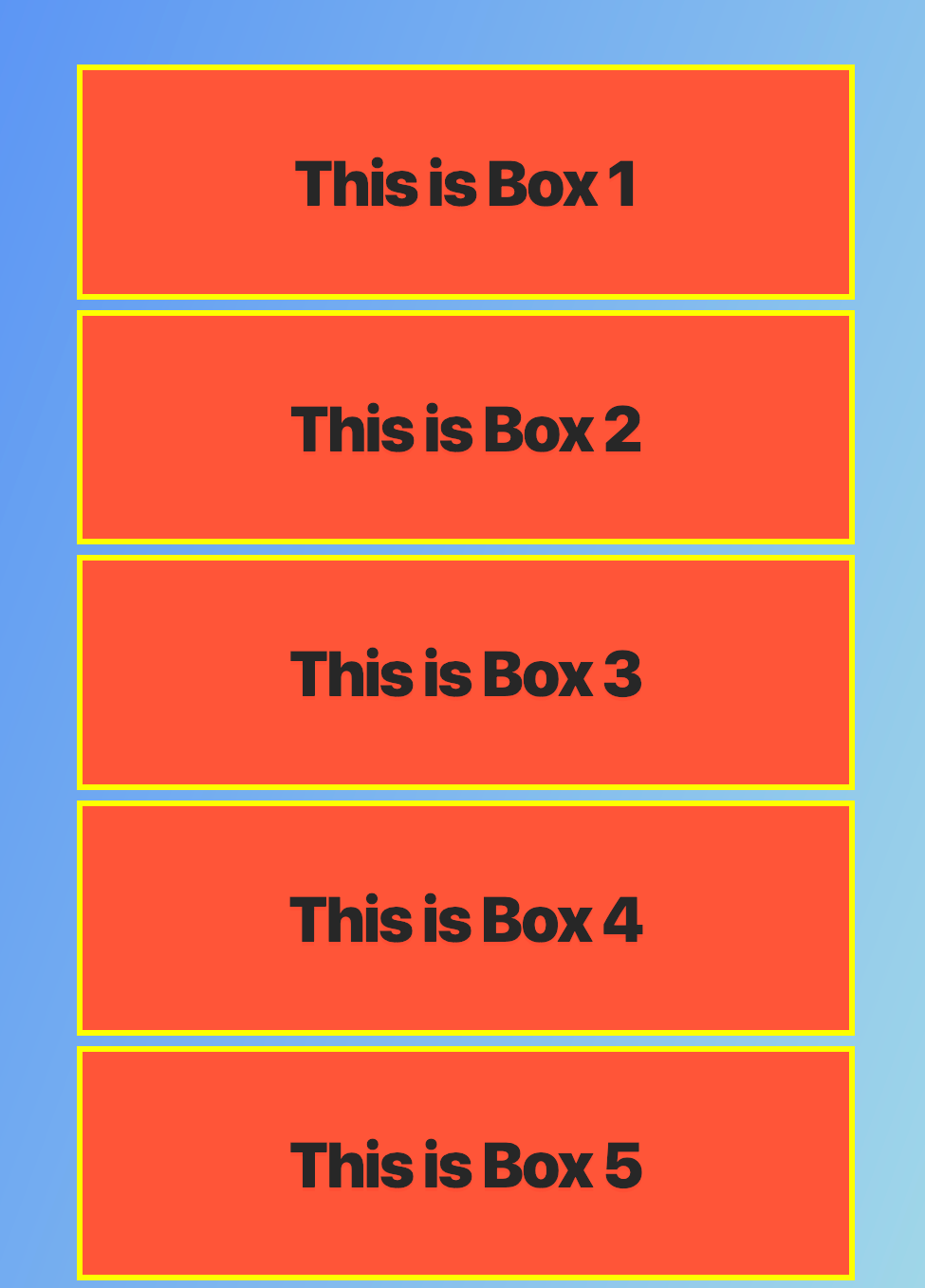


If end_coor=None, the line ends where the grid ends. The line must be in x, y or z direction (direction=0,1 or 2). gridline_slice ( start_coor, direction=0, end_coor=None ) ¶Ĭompute start and end indices of a line through the grid,Īnd return a tuple that can be used as slice for the List of weak references to the object (if defined) compatible ( data_array, name_of_data_array='' ) ¶Ĭompatible with the grid. Overrides the normal algorithm (and the outcome is cached). NotImplemented, the normal algorithm is used. It should return True, False or NotImplemented. This is invoked early on by abc.ABCMeta._subclasscheck_(). static _subclasshook_ ( ) ¶Ībstract classes can override this to customize issubclass(). Pretty print, using the syntax of init_fromstring. Size of object in memory, in bytes _str_ ( ) ¶ X._setattr_(‘name’, value) x.name = value _setitem_ ( i, value ) ¶ _sizeof_ ( ) → int ¶ Helper for pickle _repr_ ( ) ¶ _setattr_ ¶ ) → a new object with type S, a subtype of T ¶ _reduce_ ( ) ¶ _module_ = 'scitools.BoxGrid' ¶ static _new_ ( S.

min # min coor in direction 'z' True _hash_ ( ) hash(x ) ¶ _init_ ( coor, dirnames=('x', 'y', 'z') ) ¶ _iter_ ( ) ¶ _len_ ( ) ¶ min # min coor in direction 0 True > g = g. Name i, or return the coordinate of a point if i is an nsd-tuple. Return access to coordinate array in direction no i, or direction X._getattribute_(‘name’) x.name _getitem_ ( i ) ¶ X._delattr_(‘name’) del x.name _dict_ = dict_proxy() ¶ _format_ ( ) ¶ĭefault object formatter _getattribute_ ¶ Turn a text specification of a grid into a dictionary with the grid data.Įvaluate a function f (of the space directions) over a grid. Return direction index corresponding to direction name. Given a self.nsd dimension array point_values with values at each grid point, this method returns a function for interpolating the scalar field defined by point_values at an arbitrary point. Gridline_slice(start_coor)Ĭompute start and end indices of a line through the grid, and return a tuple that can be used as slice for the grid points along the line.Ĭompute a slice for a plane through the grid, defined by coor=value. Methods compatible(data_array)Ĭheck that data_array is a NumPy array with dimensions Grid coordinates in that space direction (stored as an array). Space dimension) components, each component contains the The coor argument must be a list of nsd (number of The coordinate vectors (in each space direction) can have BoxGrid ( coor, dirnames=('x', 'y', 'z') ) ¶Įxtension of class UniformBoxGrid to non-uniform box grids. It is set to a LinearGradientBrush resource with the x:Key attribute “” by default.Class for uniform and non-uniform grid on an interval, rectangle, or box. To just change the background color of the ComboBox, you should look for a ToggleButton Style with the x:Key attribute “ComboBoxToggleButton” – you can search in the XAML markup using theĬTRL+F keyboard shortcut in Visual Studio – and change the Background property of the root Border in its ControlTemplate. You can then modify the generated template as per your requirements.

You specify the name and location of a style resource that is created for you when you click the “OK” button in the dialog: To do this, you can right-click on the ComboBox element in design mode in Visual Studio 2012 or 2013 and select the “Edit template” option and then the “Edit a copy…” option. Have to modify its default control template.
#Boxgrid codedrop windows
To be able to change the background color of a ComboBox in a WPF application running on Windows 8, you This is because the default template for the ComboBox control differs between the different versions of Windows. On Windows 8, this solution doesn’t work.


 0 kommentar(er)
0 kommentar(er)
